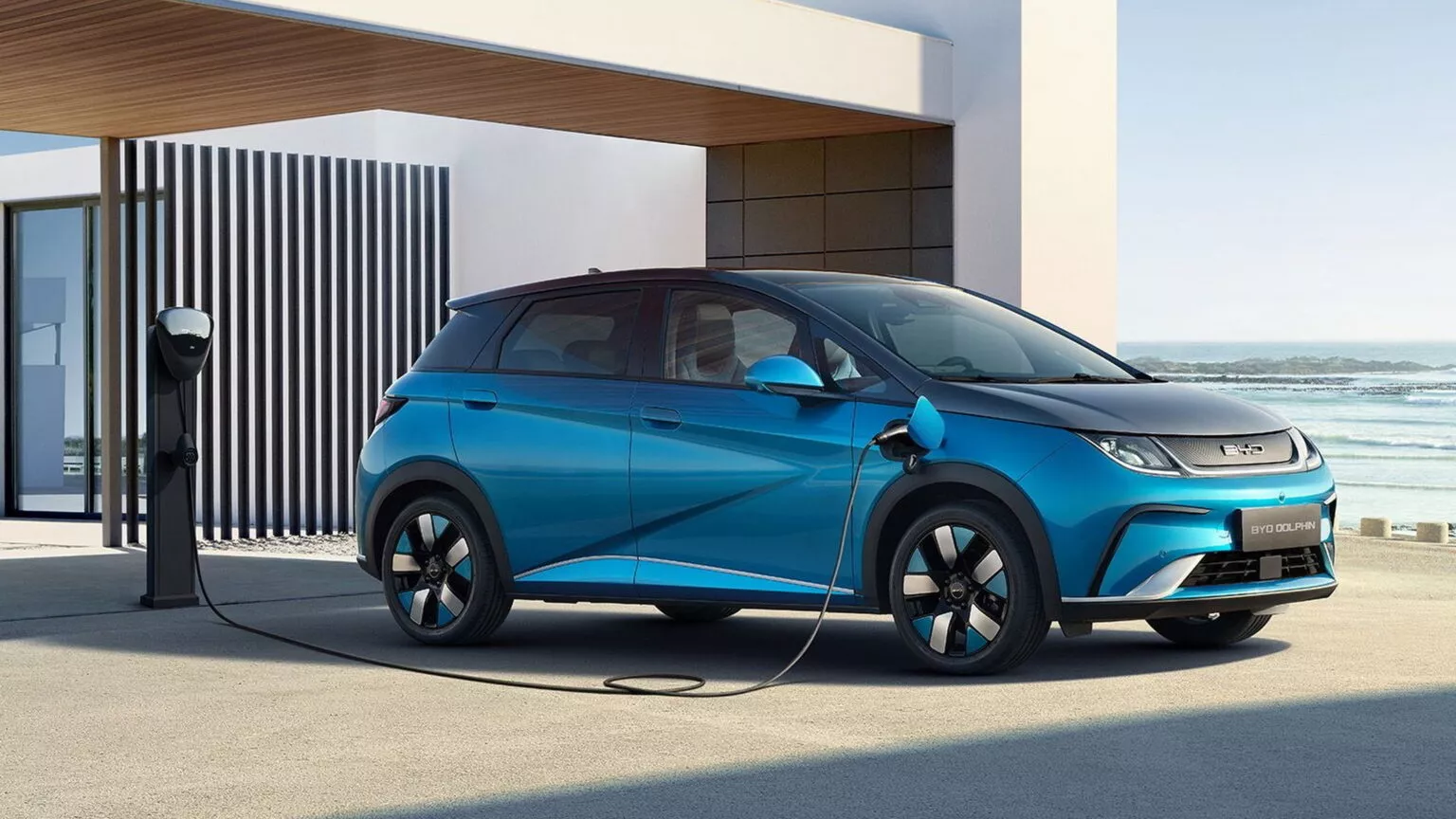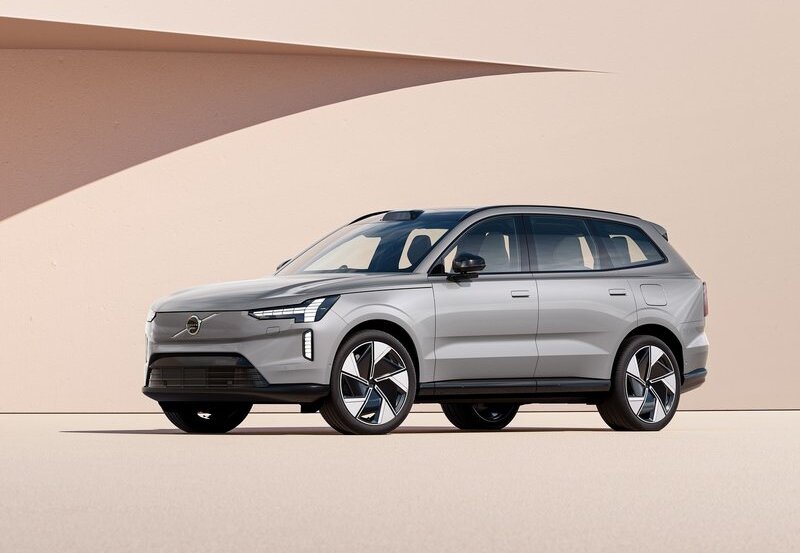In the wake of the European Commission’s investigation into the surge of Chinese electric vehicles (EVs) flooding the European market, France is taking steps to potentially exclude these vehicles from its generous EV subsidy program. The French government is in the process of redefining the criteria for vehicles eligible to receive a €5,000 ($5,330) EV subsidy, with a significant emphasis on the environmental impact of EV manufacturing.
Under the new regulations, France will scrutinize the overall environmental sustainability of EVs, taking into account the sources of energy used in their production. This move is seen as a clear stance against subsidizing Chinese automakers with state funds, a sentiment echoed by French President Emmanuel Macron and government ministers. Their preference is to channel the substantial subsidy budget, totaling €1 billion ($1.07 billion) annually, towards supporting European manufacturers.
See also: EU Launches Investigation into Chinese Electric Vehicle Subsidies Amid Market Concerns
The revised classification is expected to effectively exclude Chinese EVs from benefiting from the incentive scheme. This is primarily due to the fact that most Chinese electric car manufacturers rely on coal-generated electricity in their production processes.
Chinese EVs have witnessed a remarkable surge in demand within Europe, prompting Chinese automakers to seek additional means of shipping their vehicles to the continent. Data reveals a staggering increase of 112 percent in Chinese new energy vehicle shipments (including hybrids and EVs) to the European Union during the first seven months of 2023, compared to a remarkable 361 percent rise from 2021.
See also: UBS Analysts Impressed by BYD’s Seal Electric Sedan, Pose a Challenge to Tesla’s Dominance
While the European Commission is still in the process of investigating the influx of Chinese EVs and considering potential tariffs, a final verdict is not expected for another 13 months. In contrast, France is swiftly advancing with its new legislation, which is set to come into effect in December. The government is anticipated to release a list of models that meet these stringent new standards.
The impact of losing the subsidy on China’s affordable EV imports remains uncertain. Reports suggest that the subsidy could have a notable influence on EVs priced below €25,000 ($26,666). However, the European market currently offers limited options in this price range from European manufacturers. Vehicles such as the Citroen e-C3 and the Renault R5 are not expected until the following year. Meanwhile, the MG4 will still be priced at €30,000 ($31,996), which is lower than the competing Renault Megane, priced at €38,000 ($40,523), or €33,000 ($35,191) with the subsidy.
See also: China Urges EU to Engage in Dialogue Over Electric Vehicle Investigation
The question of whether France’s move will incentivize more manufacturers to establish production facilities in the European Union also remains unanswered. Companies like BYD and SAIC, the owner of MG among other brands, have expressed interest in opening European production facilities. However, for certain vehicles like the Dacia Spring, imported from China to Europe, Renault CEO Luca De Meo has recently indicated that he can forgo the subsidy altogether.







